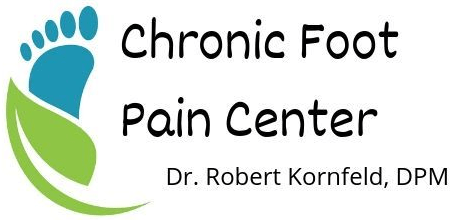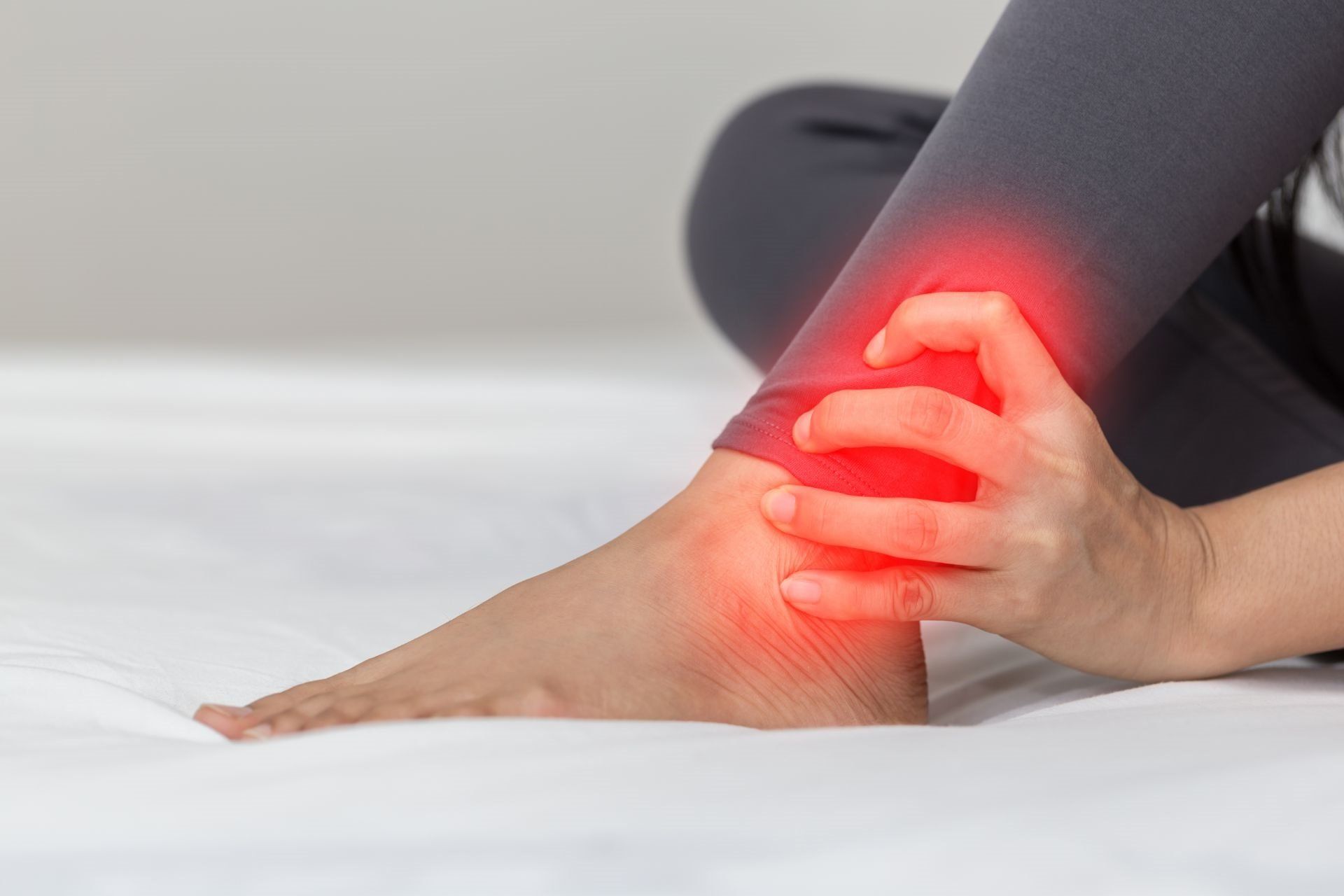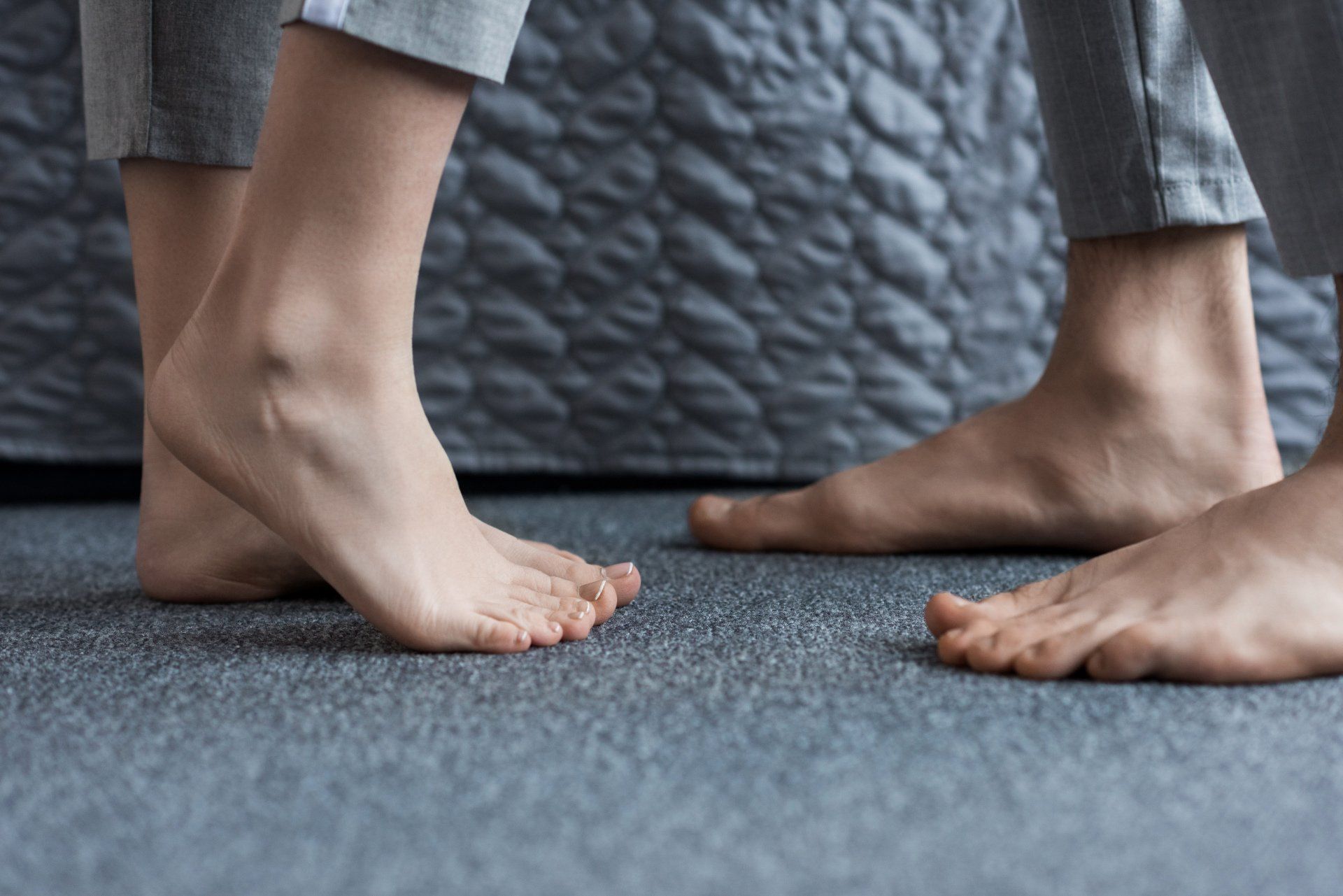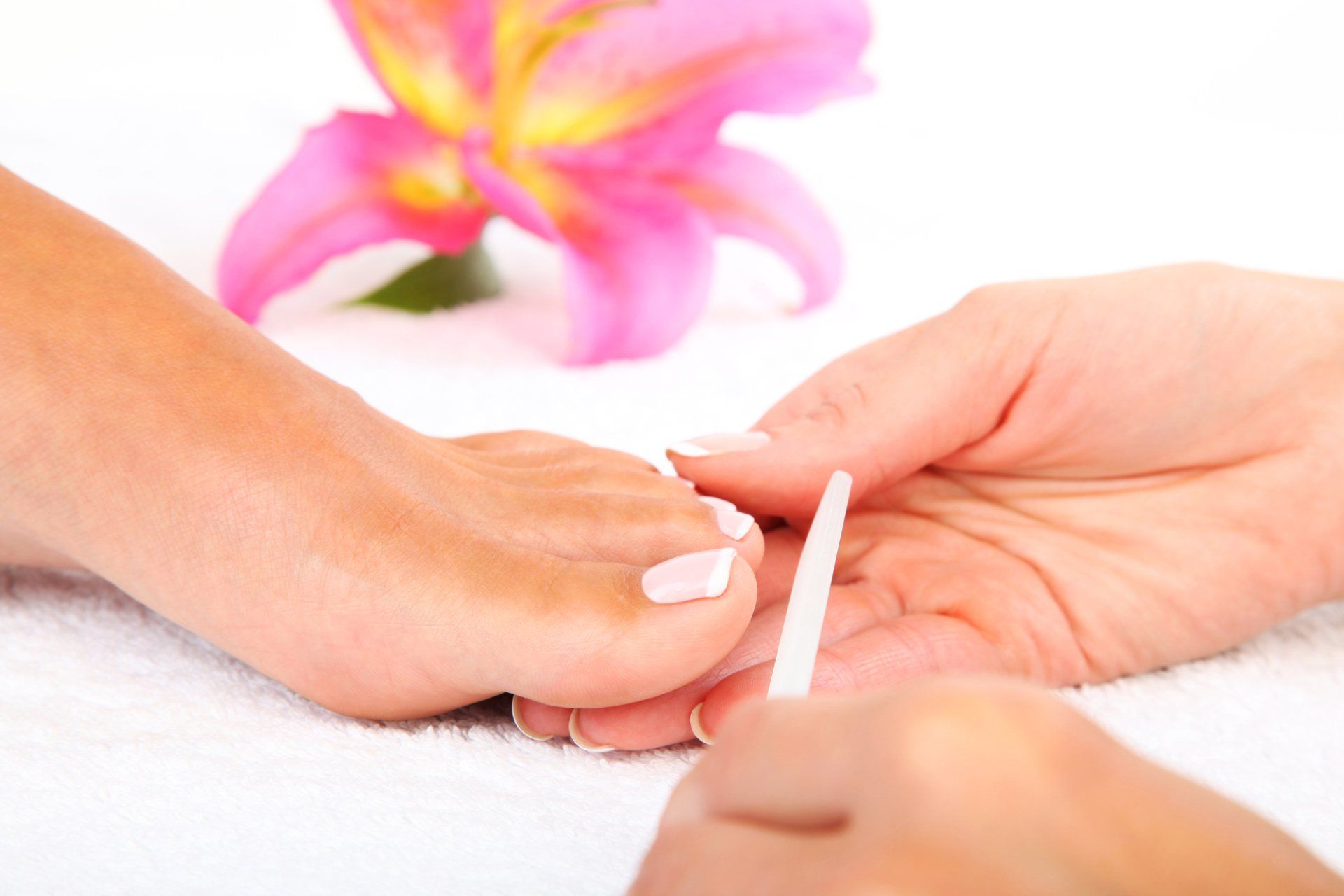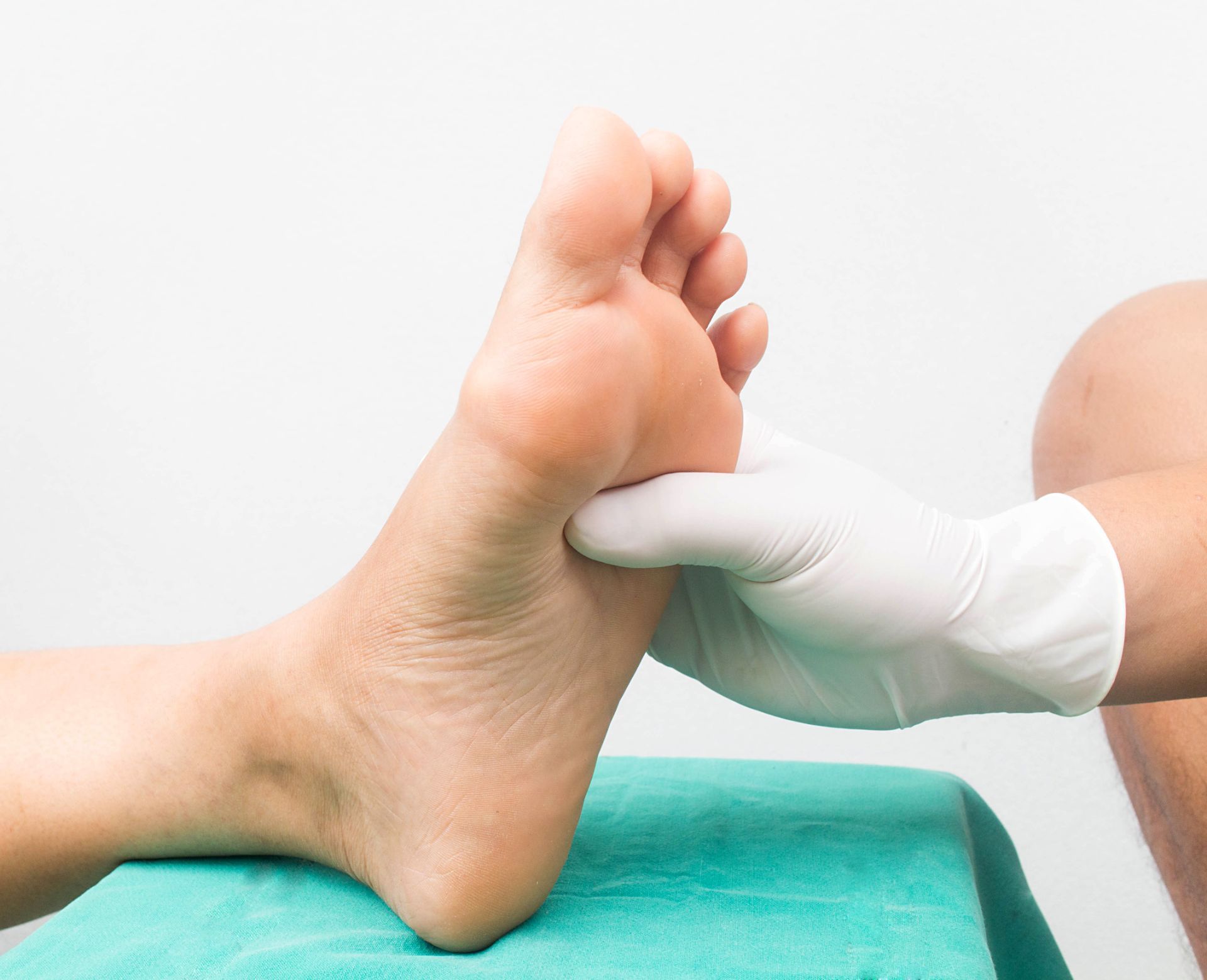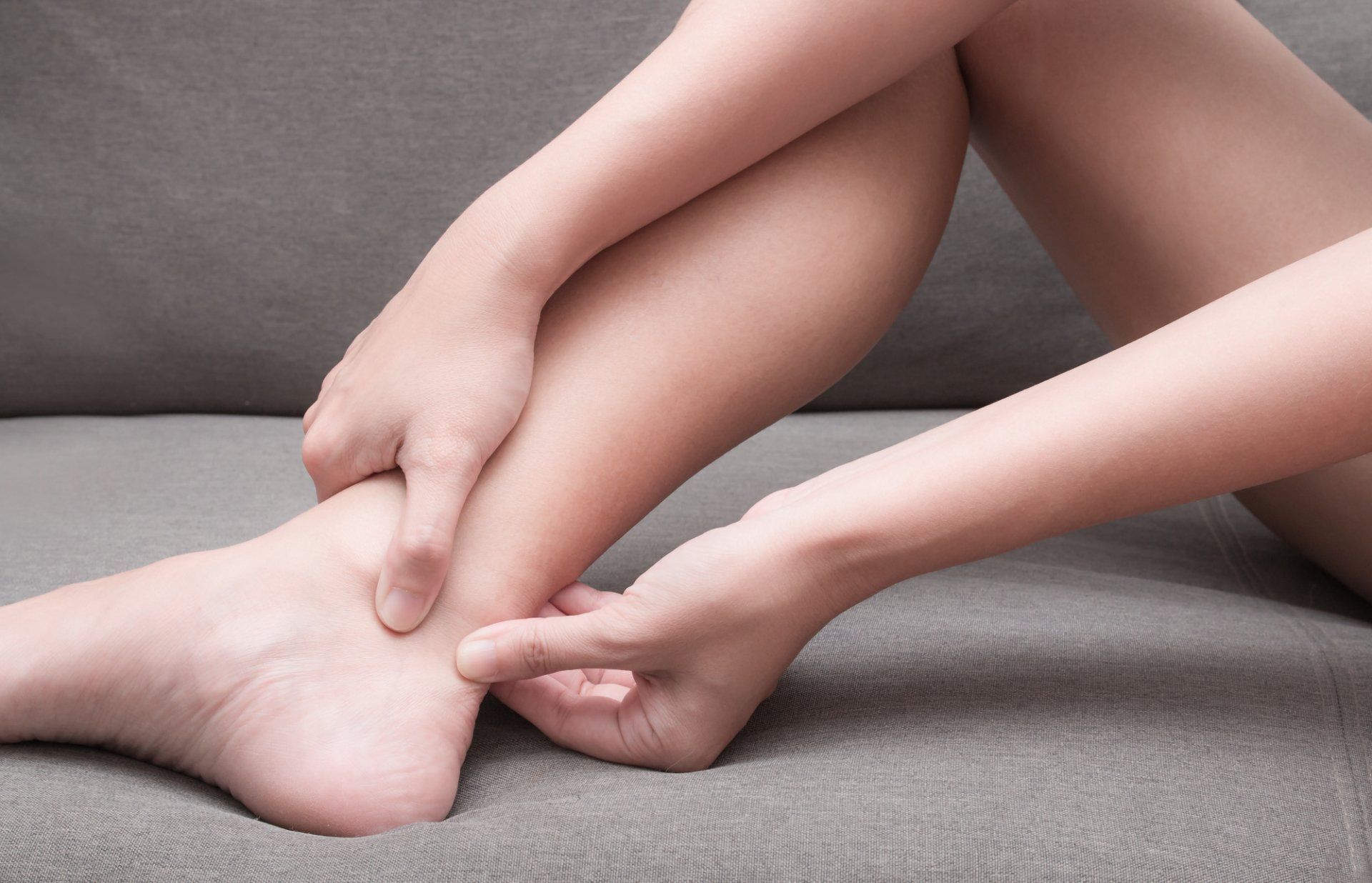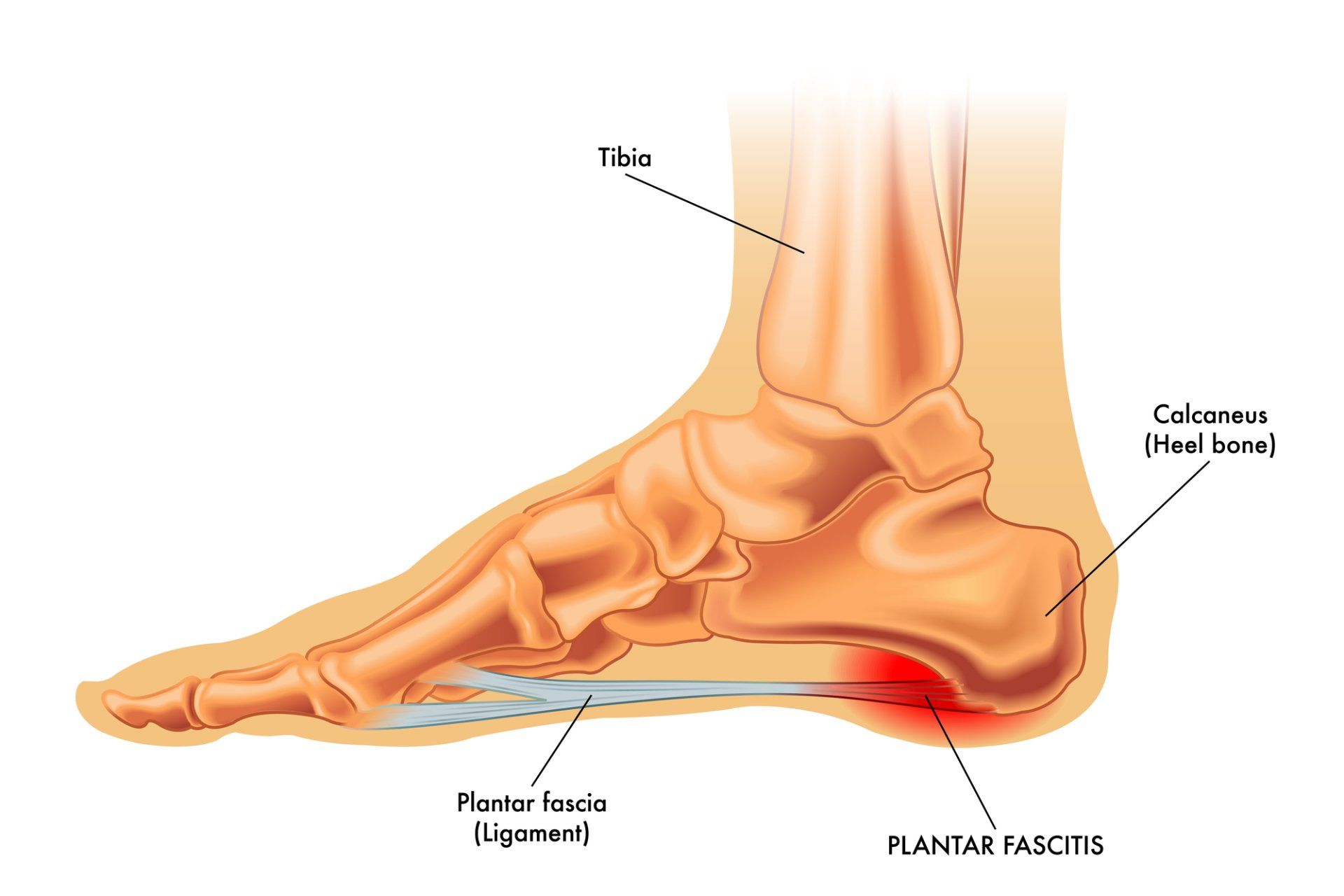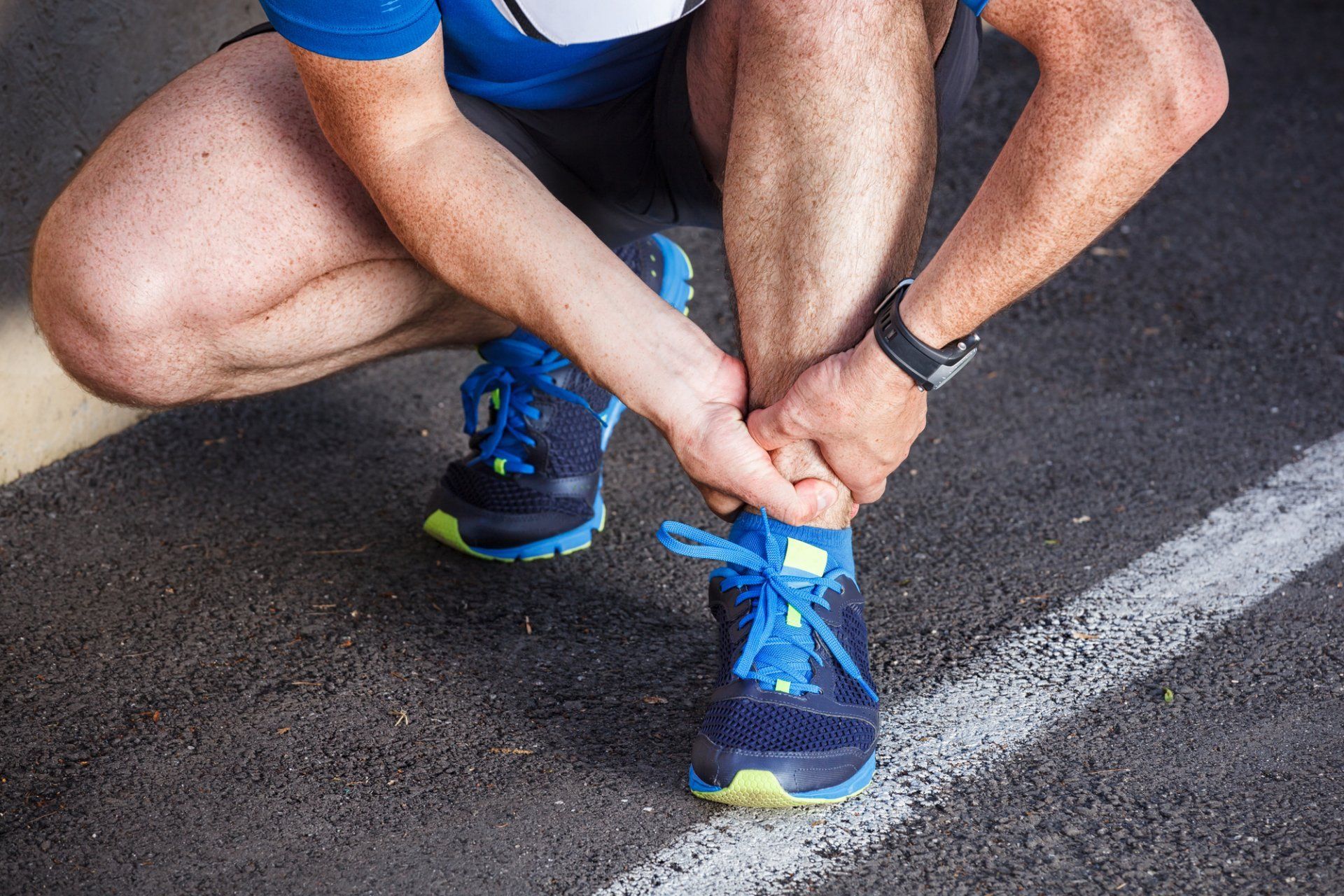Functional Hallux Limitus and Foot Pain
Functional Hallux Limitus and Foot Pain
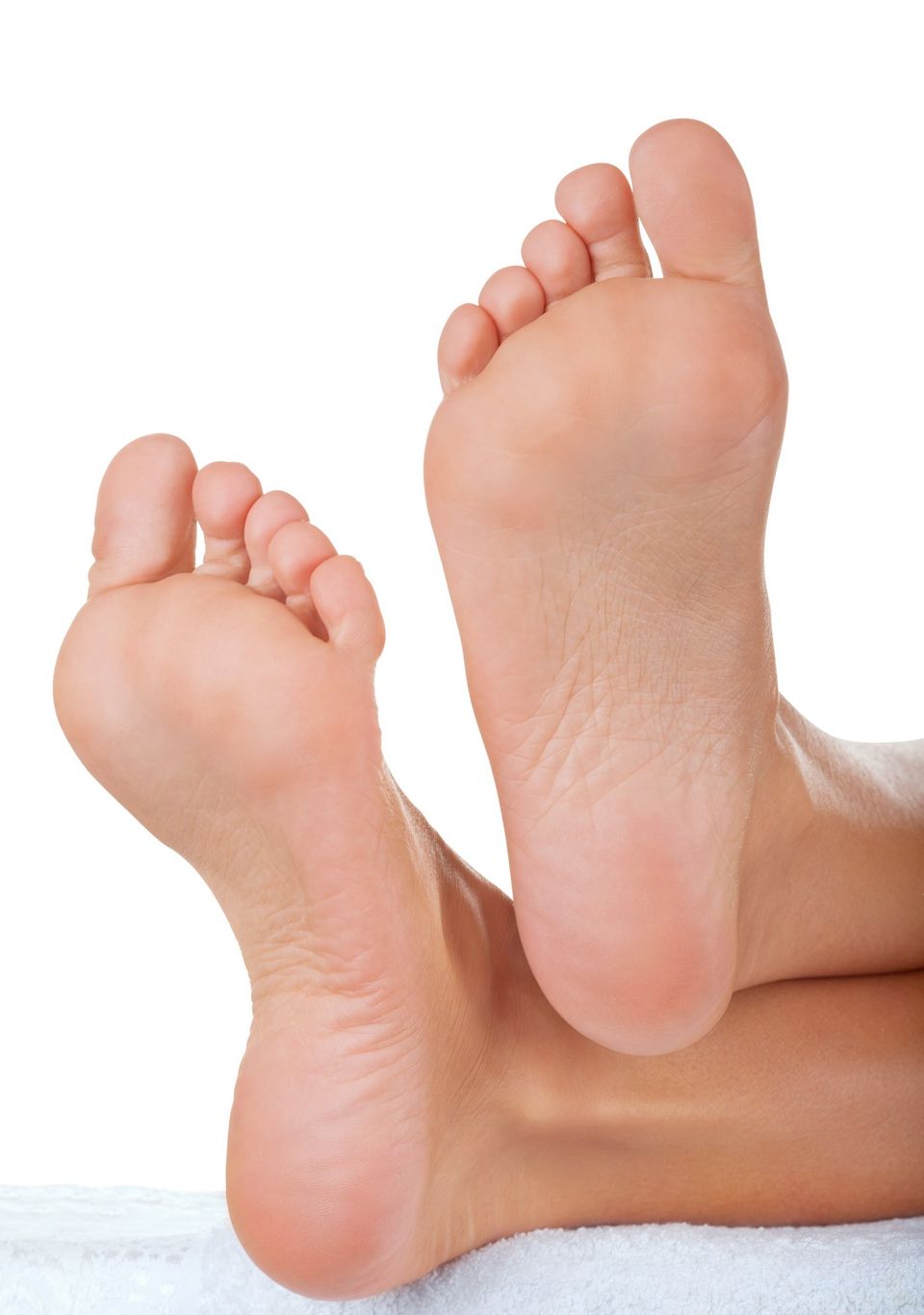
One very common condition causing foot pain is called functional hallux limitus. Literally translated, it means that during function, the large toe has a limited range of motion. This is caused by a first metatarsal bone (the long bone behind the big toe) that is hypermobile (unstable). During the gait cycle, when the heel lifts off the ground and body weight is transferred into the ball of the foot, it is essential, for a stable and powerful stride, that the toes extend up as the body weight shifts forward. This extension allows for a greater arc of contraction so the muscles can pull our body weight with a more powerful force.
The design of the foot is such that the first metatarsal should carry approximately 70% of the weight load that transfers into the forefoot. To accomplish this, it must be stable and grounded. However, when this bone is hypermobile, it elevates under body weight which prevents the large toe from extending upward. This locking mechanism creates a weak pull from the big toe, leading to a number of needed compensations. Firstly, the smaller toes will be used to pull body weight forward. Unfortunately, the small toes have tendons that go to a shared muscle which has only half the power of the muscle that pulls the big toe down. As such, since the small toes are not strong enough to pull our body weight forward, this leads to a grasping phenomenon which can cause toe contractions and hammertoe deformities. In addition, the calf muscle begins to over-contract to “throw” the body weight forward to help with propulsion. The tightened calf muscle pulls hard on the Achilles tendon as well as the plantar fascia (arch supporting ligament) because they are all connected.
When the pull on the plantar fascia and Achilles tendon is increased by the calf muscle, there are extraordinary stresses going through this ligament/tendon complex and this can lead to cellular injury, hence we commonly see plantar fasciitis and achilles tendinitis. Additionally, because there is pre-mature weight transfer to the forefoot, we often see bursitis, capsulitis and/or plantar plate tears from the extraordinary stress coming into these tissues. When the stress on the ligament is consistent, the body will not be able to repair the cellular injury and instead will protect what it cannot heal through a pathway called chronic inflammation. This is the pathway that causes pain.
In addition, because the calf is also a knee flexor, we can develop knee flexion which renders the knees unstable and can cause joint damage over time. This instability can transfer up into the hips and pelvis, ultimately leading to hip and/or low back pain/degeneration as well.
There is also a compensatory imbalance between two antagonist muscles, the posterior tibial muscle which is a rearfoot inverter (inner side of the heel tilts up) and the peroneus longus which is a forefoot everter (1st metatarsal flexes downward), both of which are in the lower leg. When the calf muscle contracts, these two muscles also fire causing a natural torsion in the foot. Unfortunately, because of the hypermobility of the 1st metatarsal and its elevation under body weight, the peroneal muscle becomes ineffective. Hence, the posterior tibial muscle will fire essentially unopposed, which can lead to posterior tibial tendinitis.
Worst of all is the fact that the big toe will jam into the head of the 1st metatarsal bone with every step, causing destructive forces in the joint. Over time, the cartilage surface is damaged and the joint becomes arthritic. Mobility in the joint decreases and with extension of the big toe there is intense pain. Since the 1st metatarsal is designed by nature to handle enormous weight load stresses, the pain becomes debilitating. This phenomenon is also the cause of most bunion deformities because of the retrograde force put into the 1st metatarsal by the jamming of the big toe into the metatarsal head.
This condition of the 1st metatarsal, as you can see, can ultimately give rise to a myriad of symptoms as the body works to compensate for the instability during propulsion.
The remedy for this condition is called a torsional foot orthotic which places the foot into its most stable positions for heel strike and toe off to insure a stable and powerful gait. The orthotic empowers the peroneal muscle (on the outer side of your leg) to pull the first metatarsal down to the ground. This grounding force allows the big toe to extend over the metatarsal and results in a more powerful stride. The orthotic also decreases the pull on the calf muscle thus easing the stresses on the knees, hips and back.
Patients suffering from symptoms such as 1st metatarsal-big toe joint pain, heel pain, arch pain, or Achilles tendon pain are candidates for this type of device if they are suffering from functional hallux limitus. There are patients who may have one or all of the prior symptoms coupled with knee, hip and back pain. These patients are often treated for their upper level symptoms, while the actual underlying cause goes unaddressed. In addition, if you have been given an “arch support” type of orthotic and your pain either remained the same or worsened, you are likely suffering from this condition and need to be placed into a torsional foot orthotic.
Once the biomechanics are well controlled, there are other therapies instituted if the pain syndrome lingers. This can include one or all of the following over time - homeopathic injection therapy, high voltage electrical stimulation therapy, platelet rich plasma injections, amniotic fluid injections, mesenchymal stem cell injections and physical therapy.
